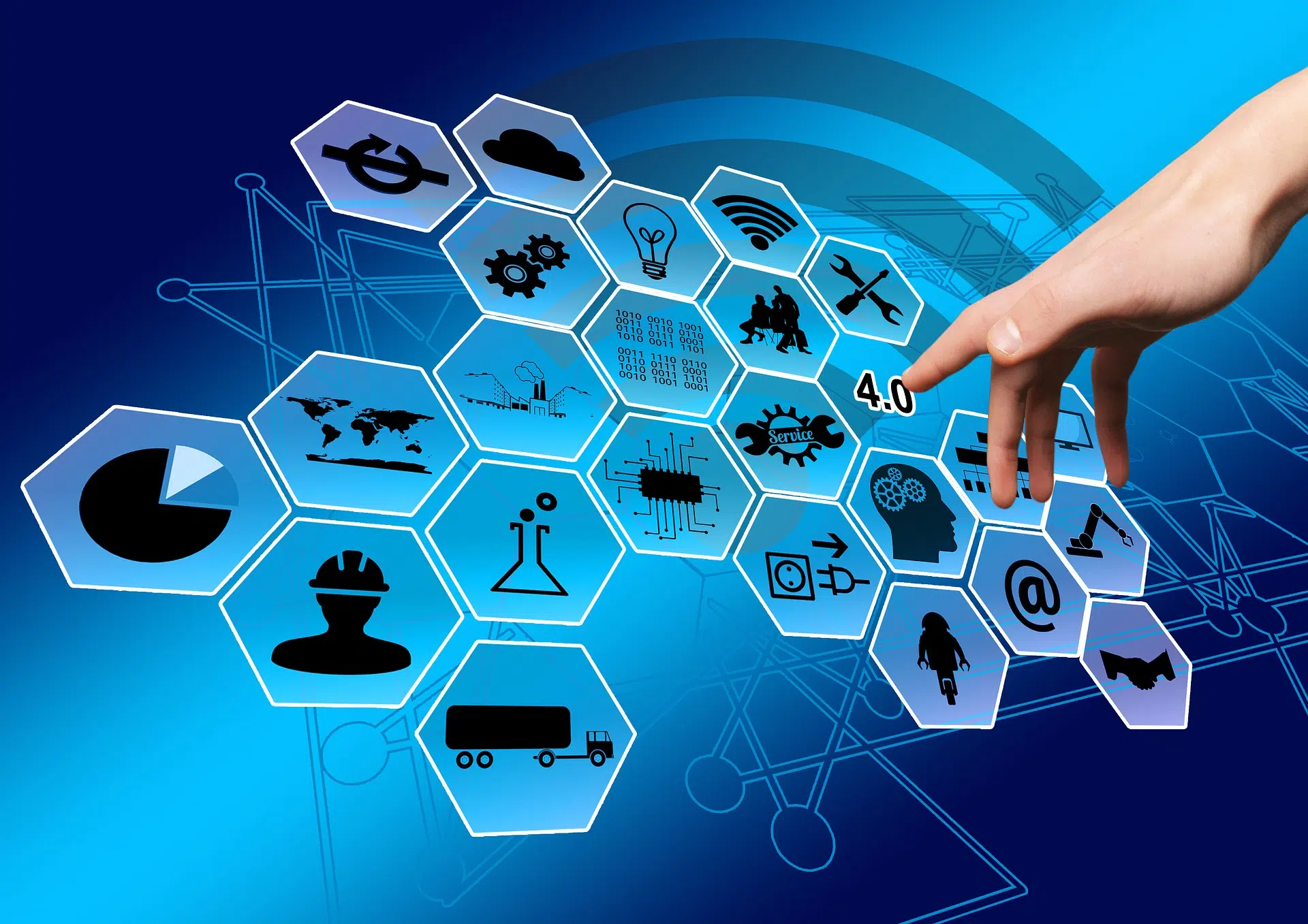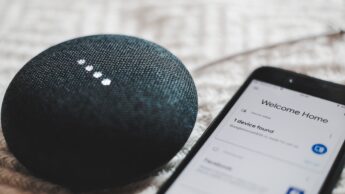You’ve probably seen the term Internet of Things (or IoT) come up before. You may have a rough idea of what the IoT means and/or entails, but did you know that IoT refers to all objects that are connected to the Internet? So also cars, home appliances and wearables.
The amount of IoT applications is growing enormously. The possibilities are getting bigger and bigger. For example, think about receiving a notification on your smartphone when the industrial gas cylinders in the warehouse need to be replaced, or a doctor who can remotely monitor heart implants.
In this blog, we take a closer look at IoT. We do so on the basis of the following subtopics:
Also interested in turning your idea into reality? We are happy to assist you. Feel free to drink a cup of coffee with us to discuss the possibilities.
What is Internet of Things?
The Internet is used all over the world to find and share information, communicate with another person and do business. Not only do people use the Internet to do this, but objects also use the Internet. For example, manufacturing and energy sectors frequently use Machine-to-Machine communication to keep abreast of technical status, fault reports and maintenance notifications.
Everyday objects are also increasingly using the Internet. Think of a robot vacuum cleaner that cleans your living room daily or the smart lighting in your household.
All these objects that use the Internet are the Internet of Things. Or in flat Dutch, Internet of Things. By 2020, it is estimated that there were about 75 billion devices connected to the Internet. This number has already increased and will continue to increase explosively in the coming years.

The possibilities of Internet of Things
The possibilities of IoT are almost endless. You can think of anything and it’s possible. From a computer’s hard drive to cars and airplanes, connecting devices to the Internet offers the possibility of detecting errors in components or indicating when a particular part needs to be replaced. An added benefit is that all this information is also transmitted directly to your CRM system.
This means that you no longer have to wait for a device to stop working. Intelligent products can see faults coming and report them in time. In some cases, they can even provide a solution for the error found.
Within many areas the possibilities of Internet of Things are already being taken advantage of. For example, consider the following:
- Consumers: Wearable technology, smarthome technology, connected vehicles, health and fitness apps and smart devices.
- Manufacturing: Smart monitoring of production processes and systems, factory optimization, inventory monitoring and safety.
- Healthcare: Remote health monitoring, emergency notification systems, smart devices such as hearing aids and wearable heart monitors, smart beds.
- Agriculture: Monitoring crops and livestock with apps, and environmental sensors that collect information about farmland for optimal yields.
- Environmental Protection: Measuring pollution, monitoring wildlife and soil health, earthquake warning systems.
- Infrastructure: Monitoring bridges, traffic, wind farms and train tracks for safety and repair.
- Energy: Remote control of home heating systems, linking energy meters to smart grids to match supply and demand.
IoT and your business
The possibilities of IoT also offer opportunities for your business. Not long ago, relationships with customers, suppliers and partners had to be maintained through personal contact, often by telephone. Often the communication between customer and company had to go a long way past salespeople, representatives and a customer service department.
With the help of IoT, this is no longer necessary. Information about the customer can be sent directly to your CRM system. Think for example about the products purchased, how they use these products and if their product is working properly.
Two possibilities of IoT for your business are:
Access to data
Using IoT, it is possible to collect and analyze customer data in real time. There are no more middlemen. This ensures that concepts for products or marketing strategies can be updated in a timely manner based on the accurate data. For example, it becomes easier to make the right decision when a product is not doing as well as expected.
Remote updates
In the past, products had to be completely thought out and developed before they were sold to customers. Once the product was with the customer, no adjustments could be made. Today, IoT enables us to bring a product to market more quickly that better suits the customer. In fact, customer requirements can be fulfilled even after purchase.
The benefits of IoT for your organization
- Improved productivity through automation of processes;
- Reduced waste due to smarter inventory management;
- Less time wasted due to equipment failure;
- Cost savings and environmental benefits due to lower energy consumption;
- More efficient production through real-time diagnostics;
- Improved customer experience and customer service by preventing problems and responding proactively;
- Higher profitability;
- Better informed strategic decision-making.
Working with Beeliners on your IoT innovation
Do you have a good idea for a product, service, process or technological innovation? And would you like to develop your idea in cooperation with Beeliners? We would love to help you! Feel free to drop by for a cup of coffee and we will gladly discuss the possibilities with you.
Also interesting
-

Secure wifi: Tips for securing smart devices
Many households -as well as offices- now have one or more smart devices in their homes. Think, for example, of your RING doorbell, your Google Home speaker or your robot vacuum cleaner. But did you know that the security of these devices is not always accurate? An inadequately secured device… Read More

